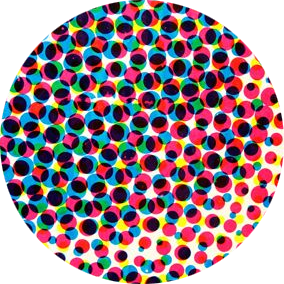Death and Resolution in “The Last Ronin”

As much as The Last Ronin drew interest through the question of which Turtle lived, the series also draws emotional power through the portrayal of the deaths of beloved characters, providing closure on their individual stories (*SPOILERS AHEAD*).




Like Raph, Leonardo is granted a hero’s death, but, in sharp contrast, Leo dies a) fighting to protect his family, b) with a tactically sound manoeuvre, and c) at the side of a fellow hero (who calls him “Leonidas,” referencing the Spartan commander known for his last stand)

That other hero is Casey Jones, and elevating him to the level of sharing in Leonardo’s hero’s death is itself a poignant reflection on that character’s evolution from lunatic vigilante to noble warrior, again providing satisfying closure for the character’s overall arc.

Perhaps the most unexpected death, however, is that of Splinter and Donatello when a peace treaty is betrayed and Splinter, consumed by a desire for revenge, makes a crucial tactical error that costs him his life, and that of his son.

On the one hand, this death spurs reflection on Splinter’s love for his children – even the wise sensei could be moved beyond rationality in consequence of the recent tragedies that befell his family.

On the other hand, his death actually addresses some of the fundamental commentaries on the cycle of violence that TMNT has explored since their first issue. As much as Splinter is a kind father, he’s also built a child army in pursuit of personal revenge.

Seeing that ugly side surface at the end of his life is harsh, but it is also somewhat poignant that Splinter be consumed by his lust for revenge and that, through Donatello, he be forced to witness, first-hand, the cost of his violent legacy.

The final death, of course, is Mikey’s. He restores his family’s honor whilst also providing hope and a legacy for the next generation. In this, the character achieves resolution for his character arc of maturation whilst reifying his role as heart of the TMNT.

Mikey (and the reader) is rewarded with an afterlife scene that is, by this point, so well-earned that the cliché of it all does not even matter. The loop is closed (in so many ways) and the entire franchise achieves resolution through a beautifully nostalgic execution.
